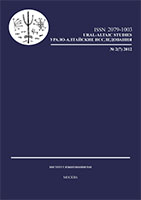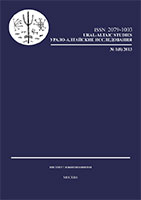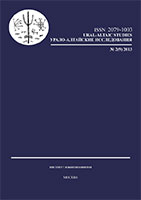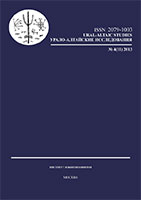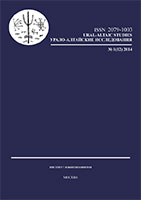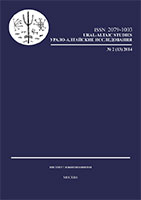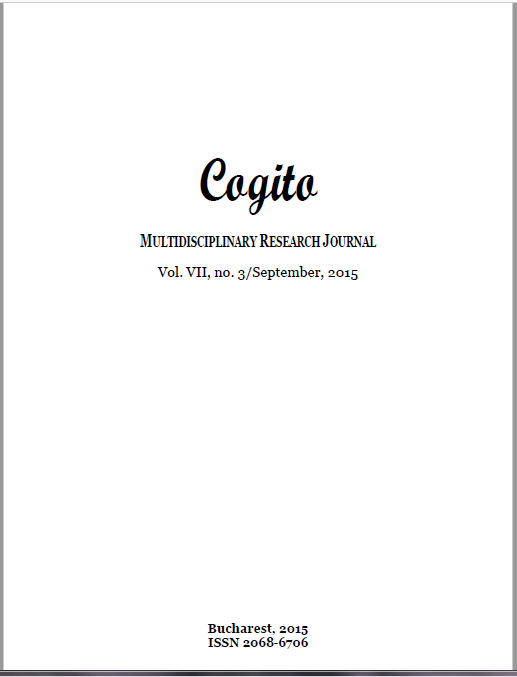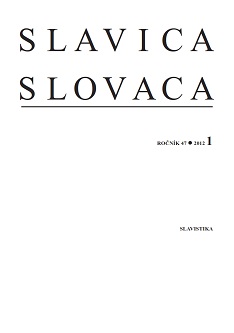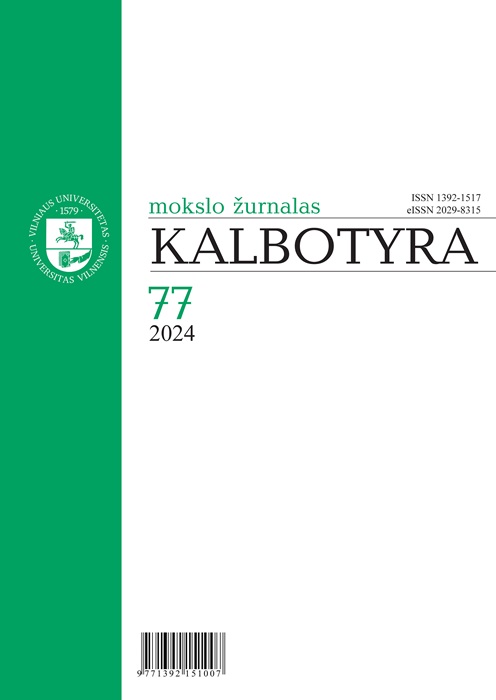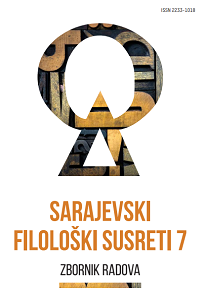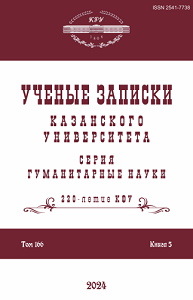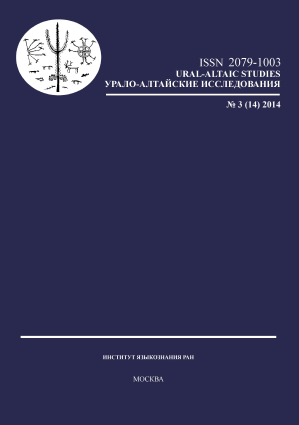
Происхождение системы хантыйского вокализма
The author of the article suggests a new hypothesis of the origin of the Khanty vowels. After E. Khelimski, who proved that in the Khanty dialects vowels of the first syllable were affected by U- and I-umlauts which are presented nowadays in some dialects, the author assumes that similar umlauts were also at the stage of formation of Proto-Khanty from Proto-Finno-Ugric. This hypothesis allows to describe the genesis of the Khanty vocalism practically without any exception.
More...
